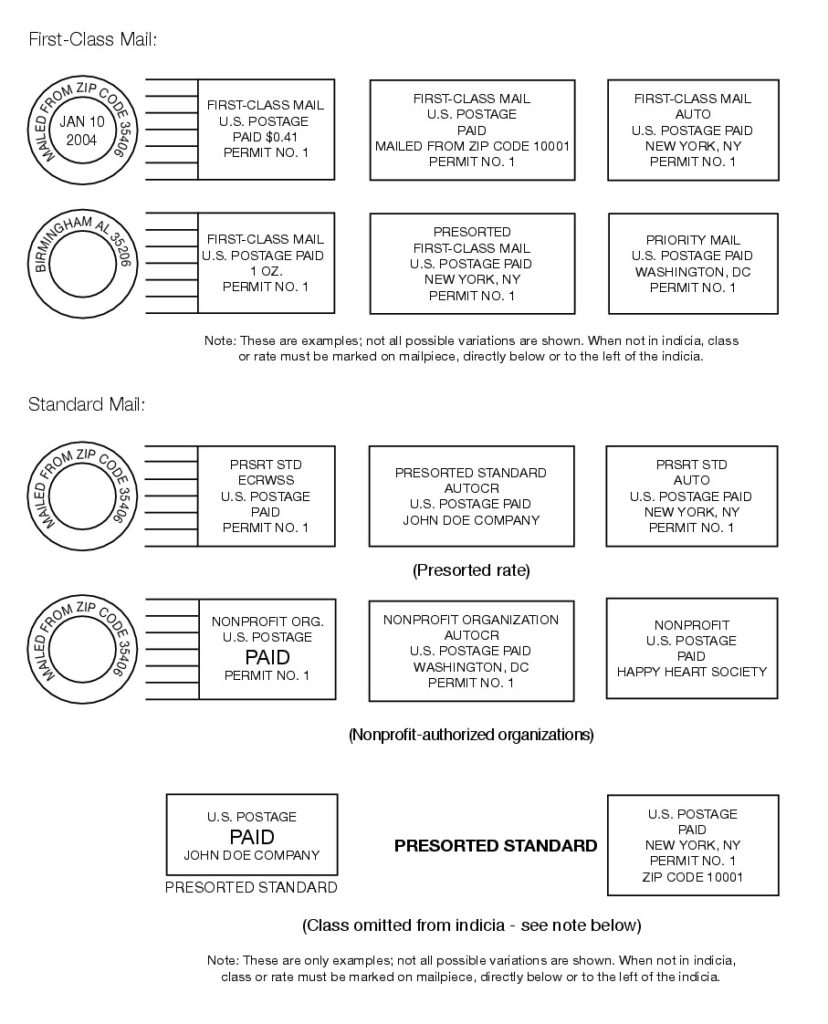In the expansive world of digital marketing, understanding the metrics that gauge the success of online campaigns is crucial. One such metric, central to assessing the effectiveness of online advertisements and emails, is the Click Through Rate (CTR). This simple yet powerful indicator can help marketers fine-tune their strategies, optimize their content, and ultimately achieve their business goals.
Understanding Click Through Rate (CTR)
Click Through Rate is a metric used to measure how many people have clicked on a digital advertisement, email, or link out of the total number who have seen it. Typically expressed as a percentage, CTR is calculated by dividing the number of clicks by the number of impressions (views) and multiplying the result by 100. For instance, if an ad on a website was displayed 1000 times and received 10 clicks, the CTR would be 1%.
The Significance of CTR in Digital Marketing
1. Gauging Engagement and Interest: CTR serves as a direct indicator of how engaging and relevant your content or advertisement is to your target audience. A high CTR means that your message resonates well with viewers, prompting them to want to learn more. Conversely, a low CTR might indicate that either the content is not appealing or the target audience is not well-defined.
2. Enhancing Campaign Effectiveness: By monitoring CTR, marketers can test different approaches in their campaigns to see what works best. This includes A/B testing of ad copy, layouts, and images to refine the elements that most effectively capture interest and encourage interaction.
3. Improving Quality Score in PPC Campaigns: For pay-per-click (PPC) advertising campaigns, such as those run on Google Ads, CTR is a critical factor in determining the Quality Score of your ads. A higher Quality Score can lead to lower costs per click and better ad placement, making CTR not just a measure of user engagement, but also a cost-saving metric.
4. Cost Efficiency: Understanding what drives a higher CTR helps marketers allocate their budgets more effectively by focusing on the strategies that yield the best results. This optimizes spending and maximizes return on investment (ROI), particularly in campaigns where you pay for each impression or click.
Why CTR Alone Isn’t Enough
While CTR is an essential metric, it’s not the end-all metric for digital marketing success. High click-through rates are encouraging, but they don’t necessarily translate into conversions—such as sales or sign-ups—which are the ultimate goals of most campaigns. Therefore, CTR should be analyzed in conjunction with other metrics like conversion rates, cost per acquisition (CPA), and overall ROI to get a holistic view of campaign performance.
Best Practices to Improve CTR
1. Target the Right Audience: Ensure that your ads and content are targeted towards demographics that are most likely to be interested in your offerings. Utilizing advanced targeting options in ad platforms can help refine your audience and improve engagement.
2. Craft Compelling Ad Copy: An ad’s text and call-to-action (CTA) are pivotal in driving clicks. Create clear, concise, and enticing messages that communicate value and incite action.
3. Optimize Your Visuals: Attractive and relevant images or videos can significantly increase the likelihood of clicks. Make sure your visuals are eye-catching and appropriate for the message.
4. Test and Refine: Continuously test different elements of your ads and content to determine what combinations perform the best. Regularly updating and refining your approach based on performance data can lead to sustained improvements in CTR.
Click Through Rate is a vital metric in the toolbox of digital marketers. It provides insights into how effectively an advertisement or email compels its viewers to engage further with the content. However, successful marketers will not rely solely on CTR; instead, they will use it in conjunction with other key performance indicators to guide and refine their marketing strategies. By understanding and improving CTR, businesses can more effectively capture the attention of their target audience, enhancing both the impact and efficiency of their digital marketing efforts.










